An architecture museum is, when you think about it, a really good idea. Especially if your country has a rich heritage of buildings that keep getting burnt down after earthquakes. But consider... the space needed, the logistics (do you move existing old houses or build copies of old ones), the complexity of having a site where each house is potentially its own mini museum. Regardless, the Japanese decided to go for it and built one and it is the Edo Tokyo Open Air Architectural Museum (english website). This is not to be confused with the Edo Tokyo Museum, which is kind of like the Museum of London in, er, London. This one is about an hour beyond the centre of Tokyo but getting there does involve getting on a bright pink gas powered miniature bus called Coco, which is quite fun.
I was heading there because of a promised demonstration by multiple traditional artisans but when I arrived there was a bonus flea market going on in the adjacent park.
Having picked up a vintage kimono (for me) and a traditional style coat (for my ickle niece) at crazily cheap prices I headed off to find the entrance.
The place was truly fascinating. Logistically, the Japanese had opted for picking up the whole original building and moving it to the site so the variety of buildings and original fittings was amazing. My 117 photos can be seen here but these are some highlights.
The Farmhouse of the Yoshino Family, dating from the 1800s.
The left part is your 'usual' house...
...while the right is the working area with stamped earth floors.
Room sizes are still measured in terms of how many tatami mats the floor takes (you see it in estate agent particulars here) and these mats are the rectangles you can see in the 'usual' photo above. They are traditionally made of woven bamboo. You would never wear shoes if walking on tatami mats so as I went around the various properties I was constantly taking my shoes off and putting them back on again. This was the internal kitchen area.
There were a number of houses like this one and each had the open hearth inside, often with someone actually making tea which was being offered to visitors.
See the cast iron fish above the kettle? Of course this made the homes quite smokey but then that also helped keep insects at bay.
There were also some more modern houses, like this residential suburb house from 1925, which was arranged in a western style which was quite unusual then.
The Tokiwadai Photo Studio from 1937 was really lovely.
There was a delicately painted backdrop for the models to stand against hanging in place.
Some of the houses had at least parts of their original gardens with them, like this one which was the House of Korekiyo Takahashi, who was an important politician and it was the site of an important coup. The house dates from around 1900.
The house was very beautifully fitted out inside with lots of panel and screen paintings.
The last section of the museum had been put together to resemble a possible shopping street in Tokyo and this is where the Artisans were, perched in shops as they might have been in the Edo era.
The public bathing house was at the top of the street and had some lovely paintings inside.
A tailor's workshop:
A soy sauce shop:
A stationery store with calligraphy brushes:
A florist:
A beautiful kitchenware shop:
And the Artisans! A Bamboo Weaver.
A Silk Fabric Stenciller.
A Wood Block Printer
A Fine Silk Weaver
That's just to show a few!
I was there for about four hours and that's without dawdling. If you happen to be in Tokyo and interested in such things it is definitely worth a look.

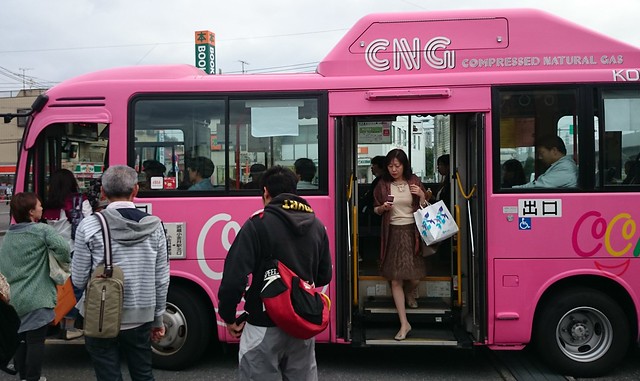
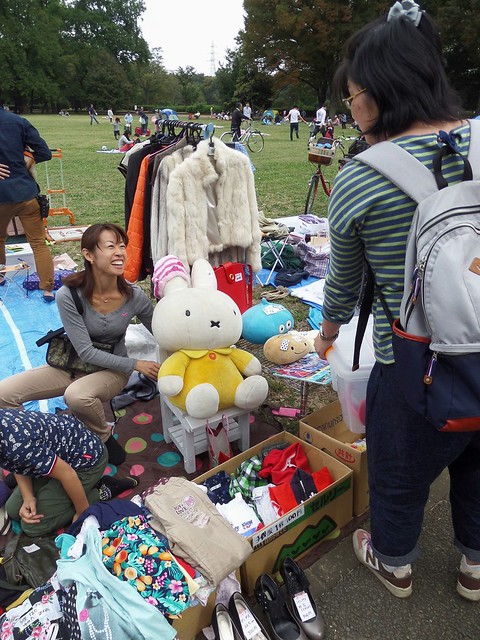
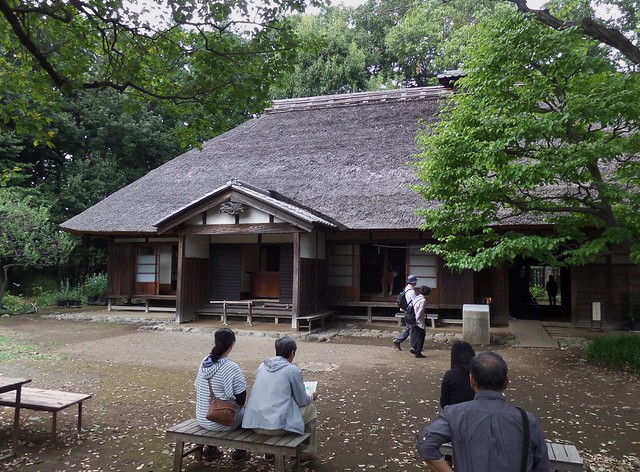
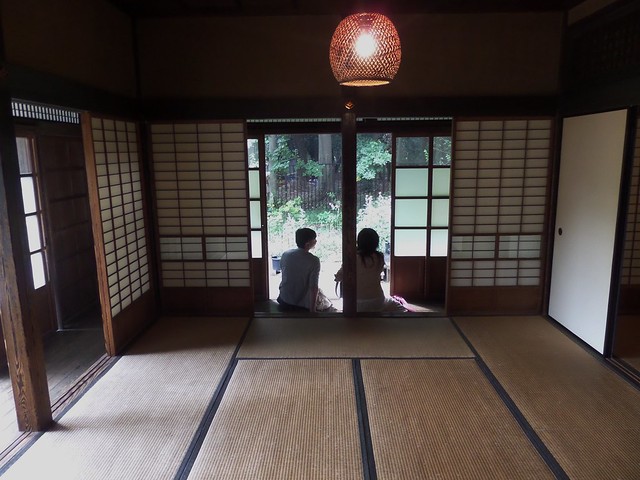
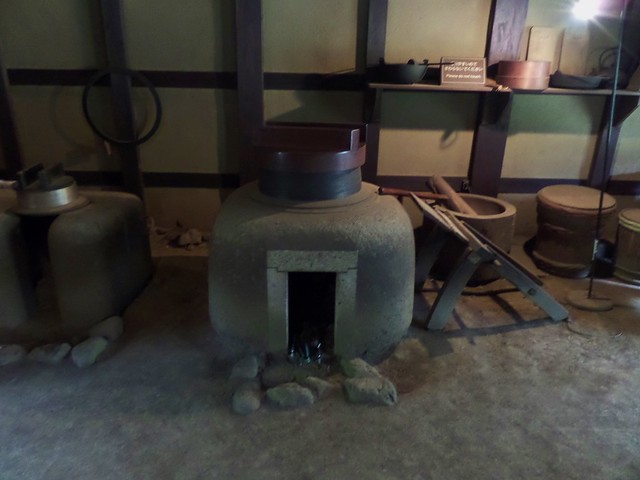
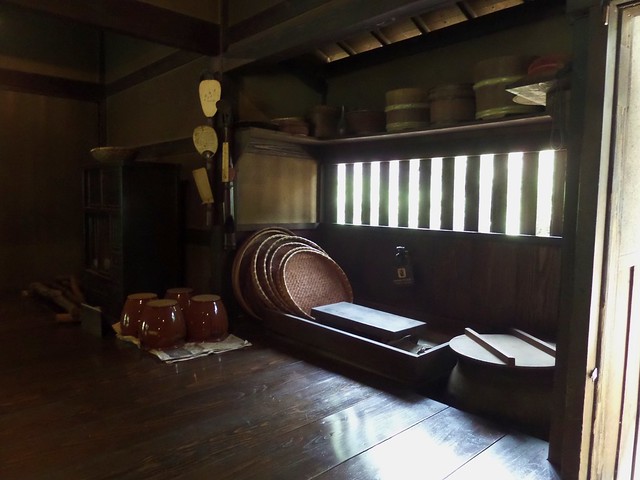
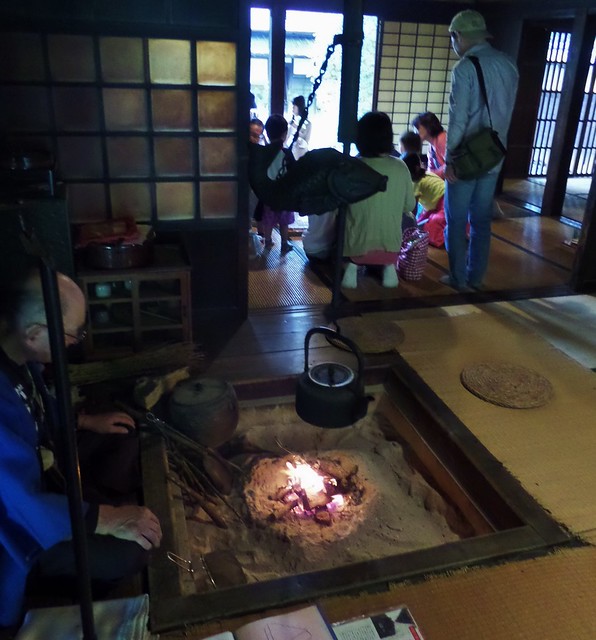
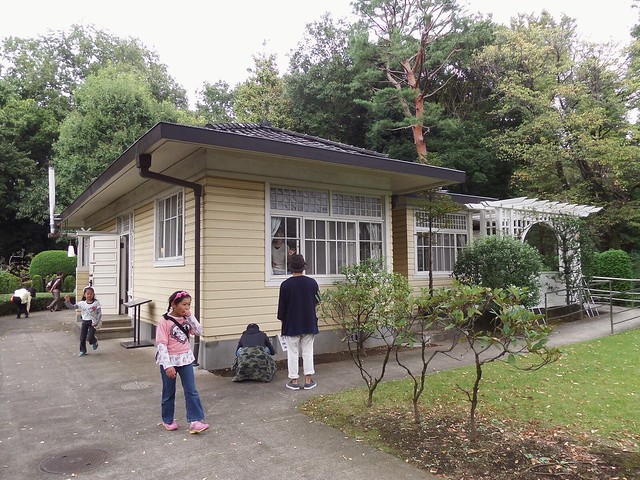
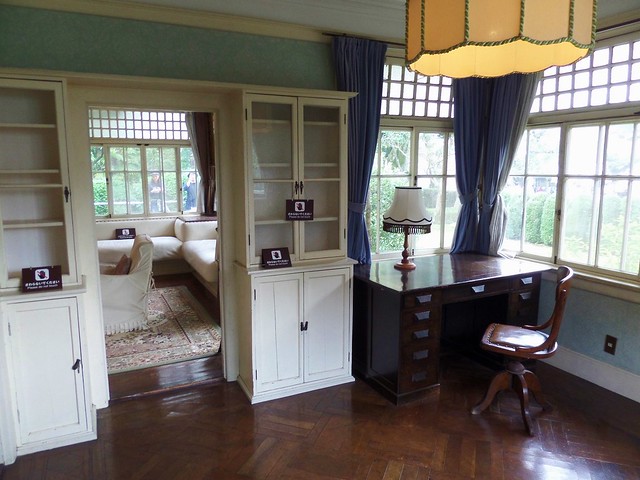
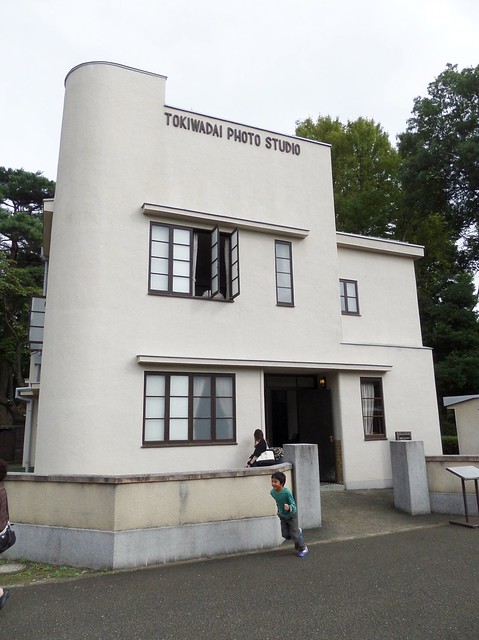


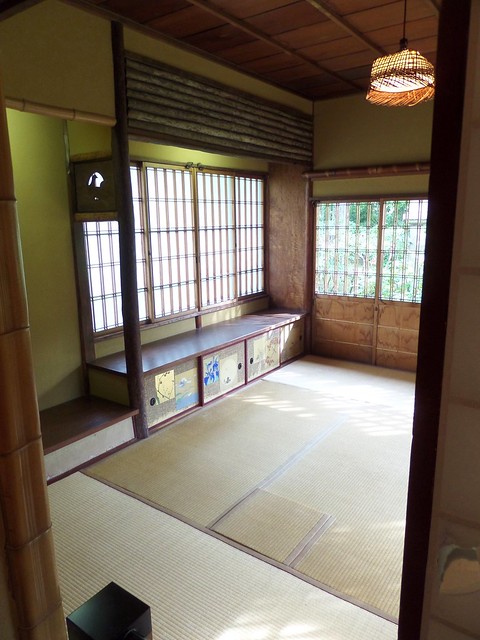
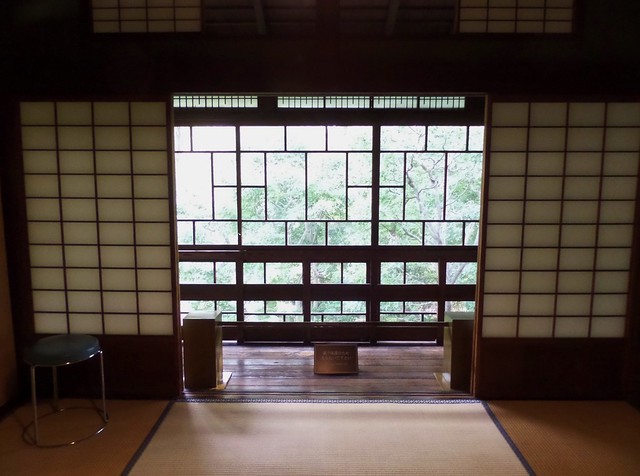

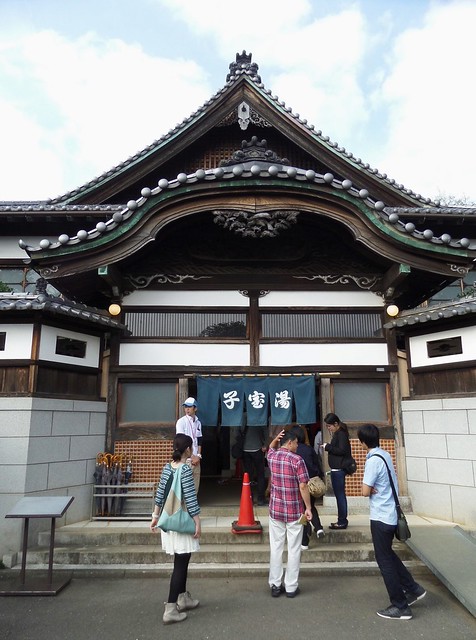

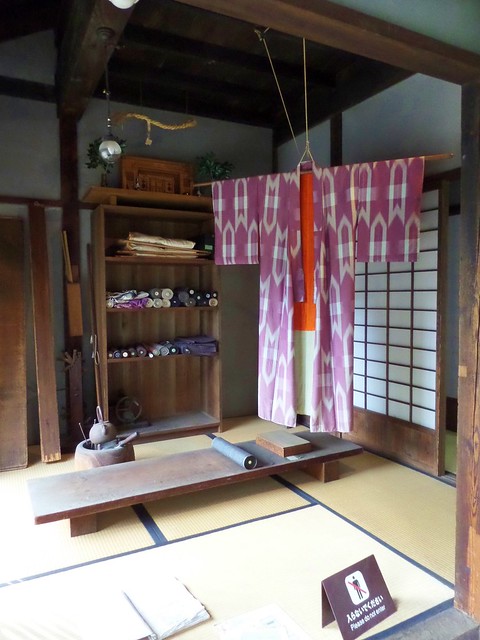

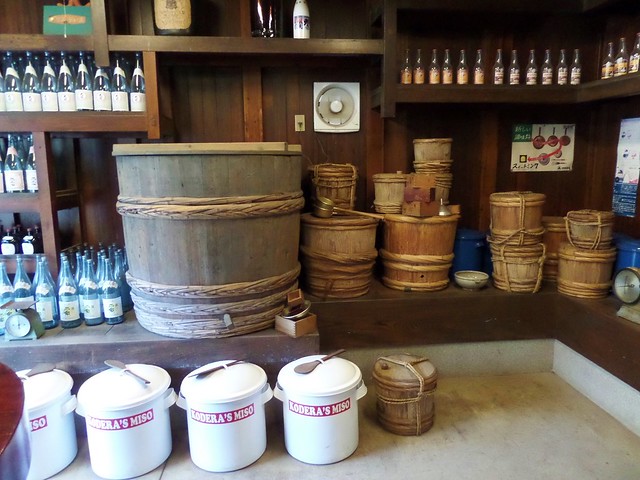
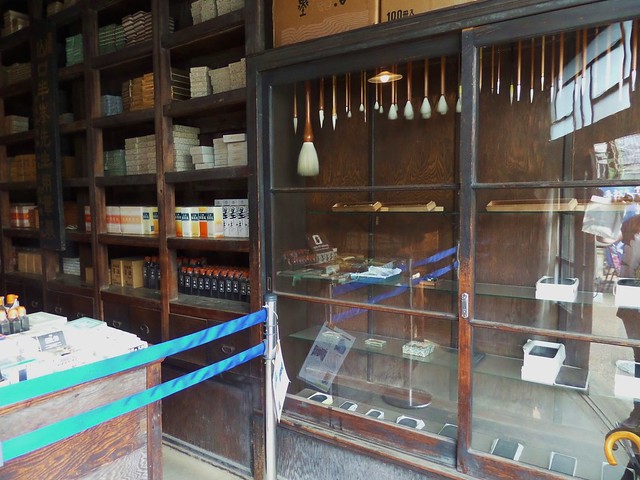
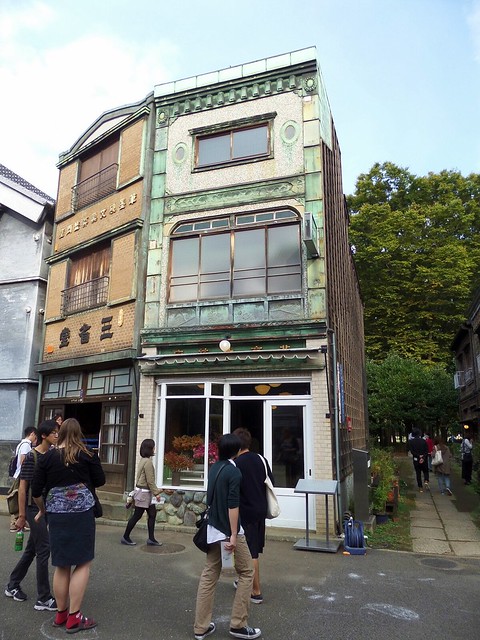
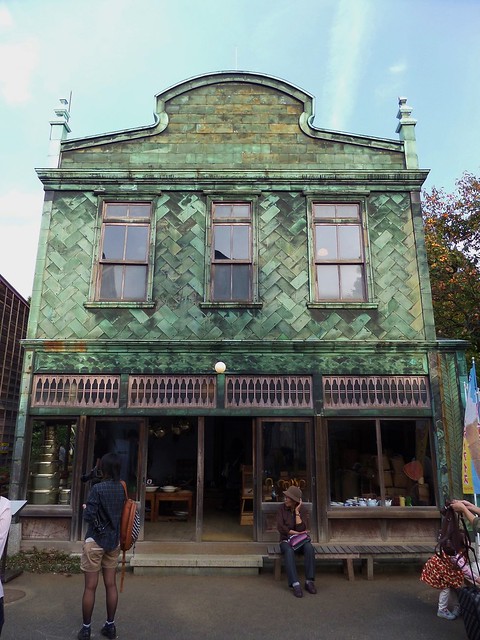
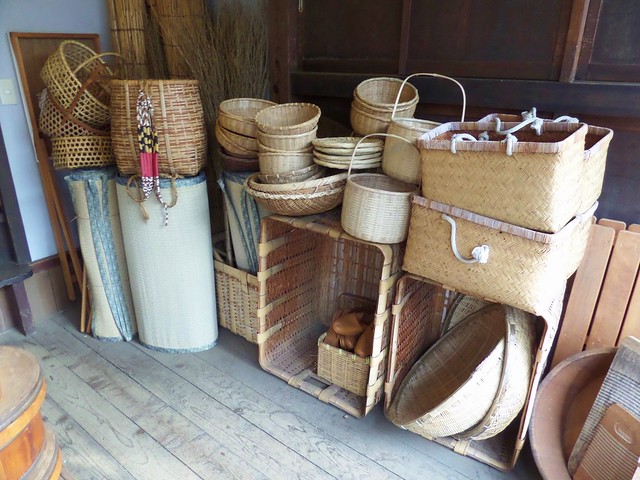
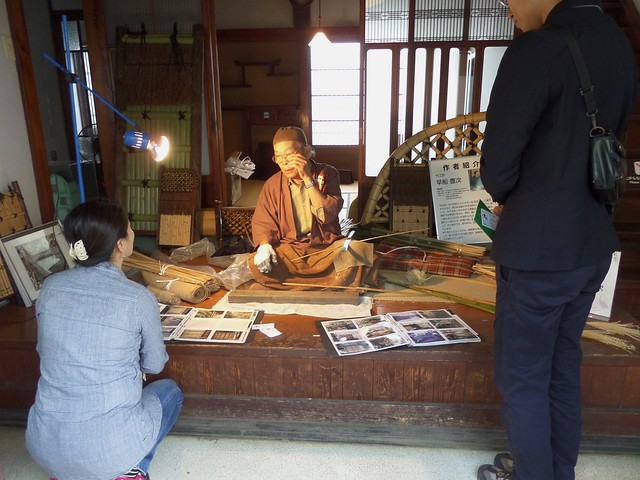
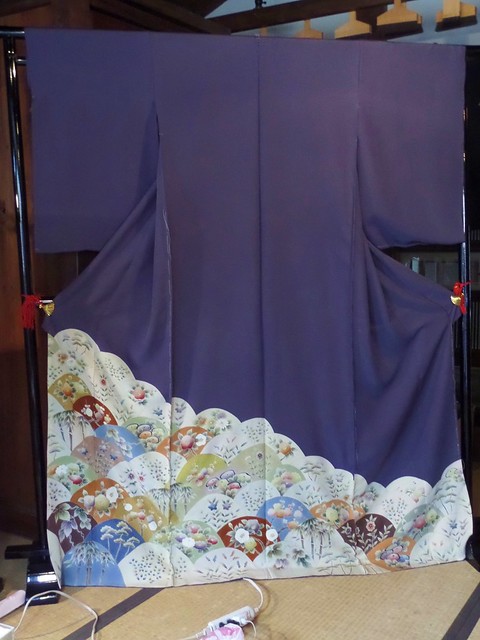
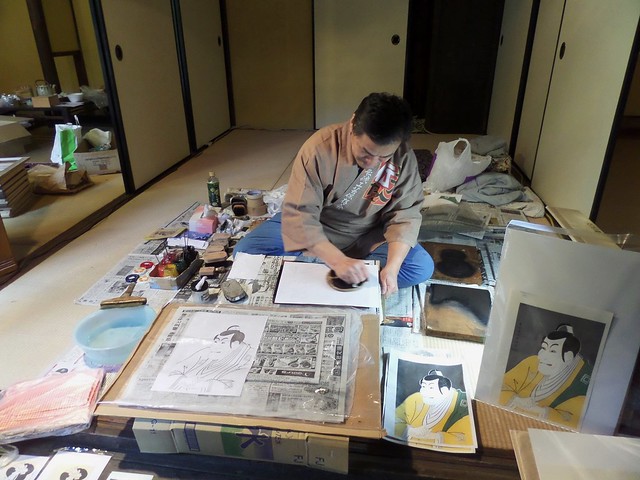

3 comments:
fantastic post! What an amazing find. Would love to visit this one day. Hope you are well. xx
Wow! Fascinating 😊
beautiful post my dear x
Post a Comment